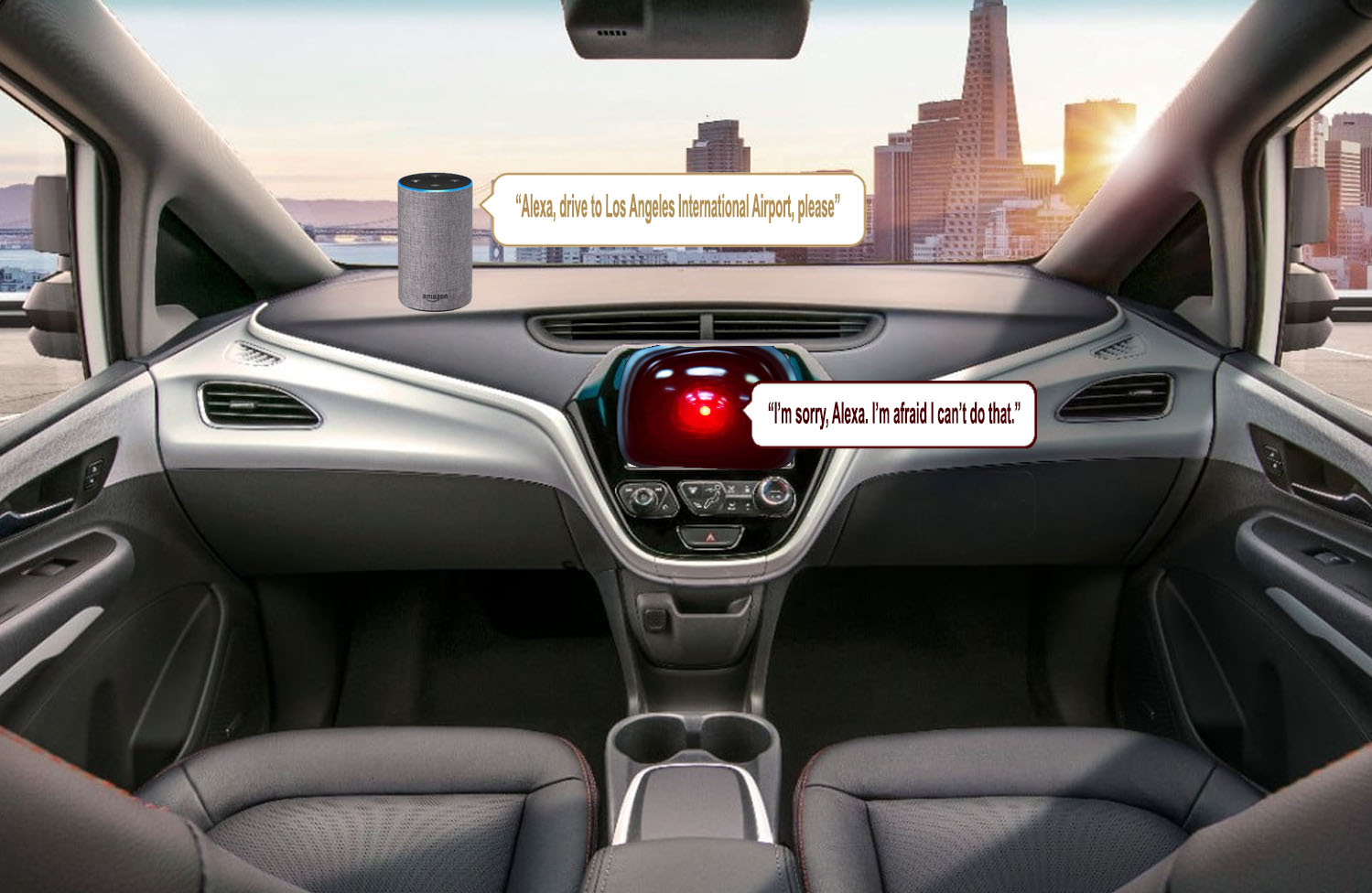The Phantom Jam
You’re driving down a major highway, not a car in sight, and today might be the day you have the fabled “reasonable commute.” You woke up twenty minutes earlier than usual just to give yourself a time cushion, made sure you had plenty of gas the night before and set out to start your workday off on the good foot.
Out of nowhere it happens…Traffic rears its ugly head and cars start to slow down. Keeping your cool, you turn on a podcast about hydroponics in second-world countries, and then traffic stops altogether. Waze doesn’t say there’s any obstruction on the road, and yet, your commute is delayed 7 minutes. Suddenly, the traffic patterns change and you’re back to traveling at typical highway speeds. So what just happened?
Traffic experts refer to this phenomena as “phantom traffic jams.” If every car traveled at the exact same speed, changed lanes in perfectly syncopated patterns, these jams would not be a problem, but as any driver knows, no one on the road is consistent.
“These traffic waves arise from a small perturbation in a uniform traffic flow, like a bump in the road, or driver braking after a moment of inattention. These phantom jams arise in the absence of any obstacles,” says Benjamin Seibold, a mathematician at Temple University. He goes onto explain that the small “perturbations” that occur: one car braking slightly, and the ones behind it brake more to avoid a collision, creates the traffic-inducing chain reaction.
While many engineers believe roads can be better designed to alleviate the obstacles that drivers fail to react to in time, thus causing phantom jams, the more innovative approach, according to Seibold will come in the form of self-driving cars.
The Autonomous Automotive Industry
In an effort to reduce traffic and improve the efficiency of transportation options for commuters and civilians alike, top carmakers and tech companies are placing their faith and resources into driverless car technology. On Tuesday, Ford Motor Company (F) and Baidu (BIDU), the Chinese internet company announced their plans to team up to develop autonomous-driving vehicles, in hopes of taking advantage of a potentially major disruption to the day-to-day of the automotive industry.
Ford’s (F) decades of automobile manufacturing coupled with Baidu’s (BIDU) “technological know-how and understanding of China” indicates possible technological breakthroughs just beyond the horizon, according to CNN. The US automaker has already retrofitted some of its vehicles with Apollo, Baidu’s (BIDU) self-driving technology and the two companies will begin testing the new franken-tech “on open roads in Beijing that are specially designated for [autonomous vehicle] testing.
Ford (F) and Baidu (BIDU) are not the only companies aware of the potential that driverless technology presents. Earlier this year, in August, Waymo, the self-driving sector of Google’s parent company, Alphabet (GOOG), set up shop in Shanghai. The new business was suspiciously named “Huimo Business Consulting,” according to a business registration filing uncovered by CNN.
In response to a very real future where all cars on the road may not have humans behind the wheel, China released a set of national guidelines for companies looking to get their self-driving vehicles on the road.
According to the regulation, issued by the Chinese Ministry of Industry and Information Technology, test vehicles must be able to “switch between self-driving and conventional driving in order to ensure the test driver can quickly take over in case of a malfunction.”
These malfunctions can be life or death for passengers traveling in autonomous vehicles. Back in March, Tesla (TSLA) faced significant public backlash after one of their Model X SUV vehicles crashed into a highway center divider and exploded, taking the life of the driver in the process. Tesla (TSLA) admitted that the cause of the crash was a malfunction in their “Autopilot system.”
The Tesla (TSLA) incident presents a very real danger for automotive consumers as well as industry investors concerned with how safe self-driving vehicles really are. Even if experts say that a computer is much less likely to make a mistake resulting in a car accident, it is impossible to account for every potential outcome. In other words, no self-driving car will be crash-proof.
Bringing up serious sky-net vibes, humans are slowly being replaced by technology.
Soon enough, we’ll be able to use a ride-hailing app like Uber to call for a ride home after a long night, and when the 2014 Toyota (TM) Corolla shows up, there will be no driver to ask the classic, “so how’s your night been going?





